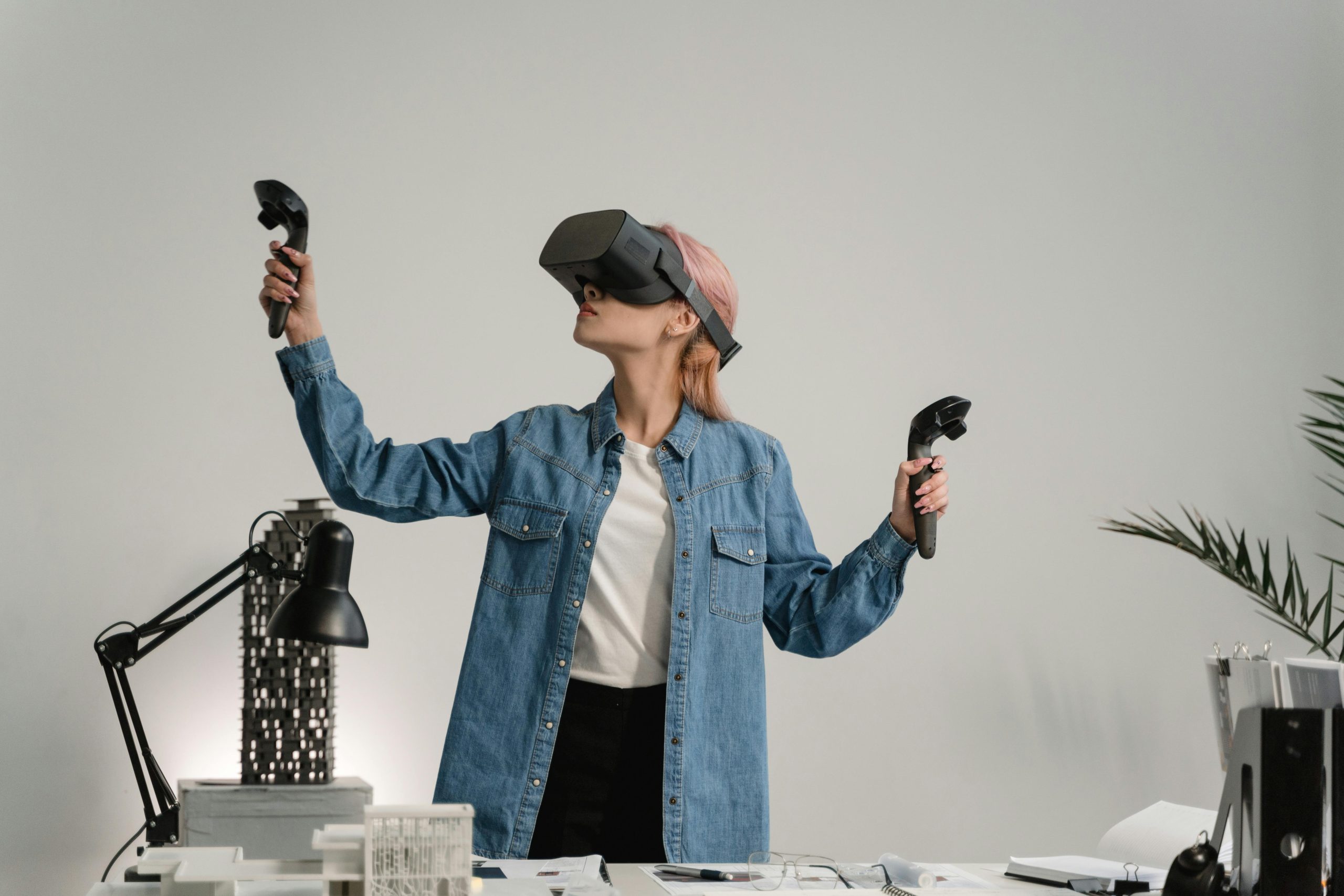Imagine stepping into your office without leaving your home. No commute, no crowded workspaces—just you, a headset, and a fully immersive virtual environment where you can collaborate with colleagues as if they were right beside you. Virtual reality (VR) workspaces promise to revolutionize remote work, but are they truly the future, or just another fleeting tech trend? As companies experiment with VR offices, the debate over their practicality, accessibility, and long-term viability intensifies.
The Rise of VR Workspaces
Virtual reality has evolved far beyond gaming and entertainment. With advancements in hardware and software, VR is now being adopted for professional use. Platforms like Meta’s Horizon Workrooms, Microsoft Mesh, and Spatial offer virtual offices where teams can meet, brainstorm, and collaborate in 3D environments. These spaces mimic physical offices, complete with whiteboards, conference tables, and even avatars that replicate body language.
The appeal is clear: VR workspaces eliminate geographical barriers, reduce the need for physical office space, and create engaging interactions that traditional video calls can’t match. For remote and hybrid teams, this could be a game-changer. But while the potential is exciting, the technology still faces significant hurdles.
The Benefits of VR Offices
Proponents of VR workspaces highlight several key advantages:
- Enhanced Collaboration: Unlike flat video calls, VR allows for spatial interactions, making meetings feel more natural and dynamic.
- Increased Engagement: Immersive environments can reduce distractions and keep participants focused.
- Cost Savings: Companies could cut real estate expenses by reducing physical office footprints.
- Global Talent Access: Businesses can hire from anywhere without relocation constraints.
Early adopters report improved teamwork and creativity, especially in fields like design, architecture, and engineering, where 3D visualization is crucial. However, these benefits come with caveats.
The Challenges of VR Adoption
Despite the hype, VR workspaces aren’t without drawbacks:
- High Costs: Quality VR headsets and supporting hardware remain expensive for widespread adoption.
- Technical Limitations: Issues like motion sickness, latency, and limited battery life hinder prolonged use.
- Accessibility Concerns: Not everyone can comfortably wear a headset for hours, and some employees may face physical or cognitive barriers.
- Privacy Risks: VR platforms collect vast amounts of user data, raising security and ethical questions.
Additionally, the learning curve for non-tech-savvy employees could slow adoption. Until these challenges are addressed, VR offices may remain a niche solution rather than the standard.
Are We Ready for VR Offices?
The question isn’t just about technology—it’s about human readiness. While younger, tech-literate employees might embrace VR workspaces, others may resist the shift. Workplace culture, employee preferences, and job roles all play a part in determining whether VR offices will succeed.
For now, hybrid models that blend VR with traditional tools seem the most practical approach. Companies can pilot VR for specific tasks—like training or design reviews—while maintaining conventional methods for day-to-day work. As hardware improves and costs decrease, broader adoption may become feasible.
Conclusion
Virtual reality workspaces offer a tantalizing glimpse into the future of remote work, but they’re not yet a one-size-fits-all solution. While the benefits of immersive collaboration are undeniable, the technology must overcome significant barriers before becoming mainstream. For now, VR offices remain an exciting experiment—one that could either redefine how we work or fade as a niche trend. The key lies in balancing innovation with practicality, ensuring that the human element isn’t lost in the pursuit of digital transformation.
